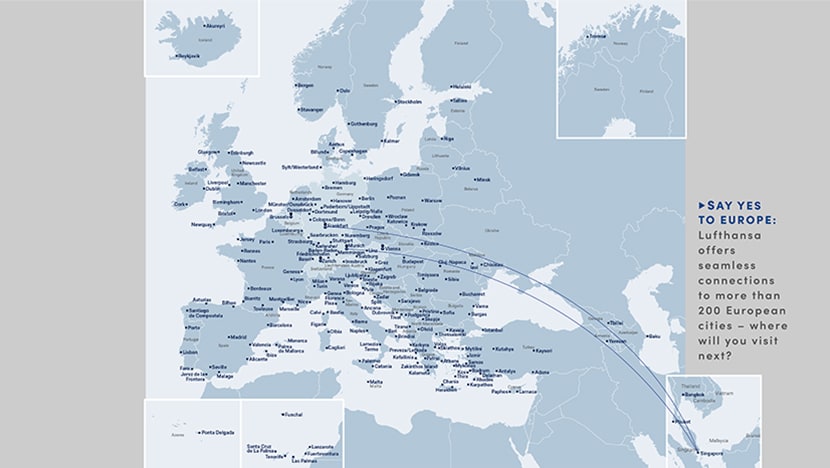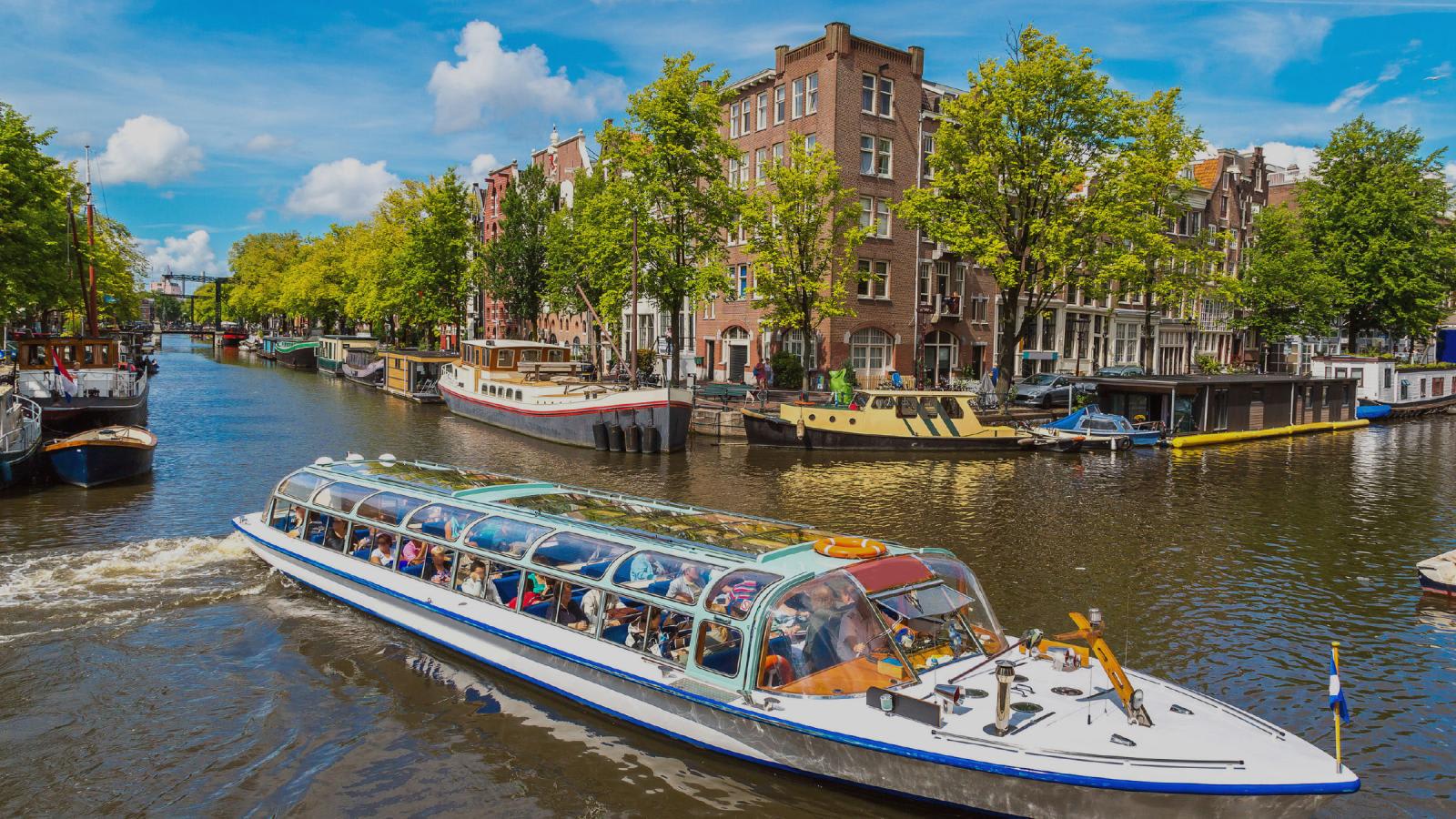Timing is everything when visiting Europe. With 50 culturally rich countries to explore, the continent offers a broad range of experiences beyond the peak summer season. Paying attention to events or seasonal phenomena outside these warmest months can enhance your trip considerably. To maximise your European travels by season, some groundwork is key. But with the tips below, you’ll start to discover the continent’s multifaceted character shining through.
THE RIGHT BASE FOR BETTER MILEAGE
Europe’s compact geography and efficient transportation networks make multi-country visits easy. Picking a well-placed hub city can streamline your itinerary, offering better flight options and even an extra day for exploration. Germany’s central location makes Frankfurt and Munich ideal springboards.
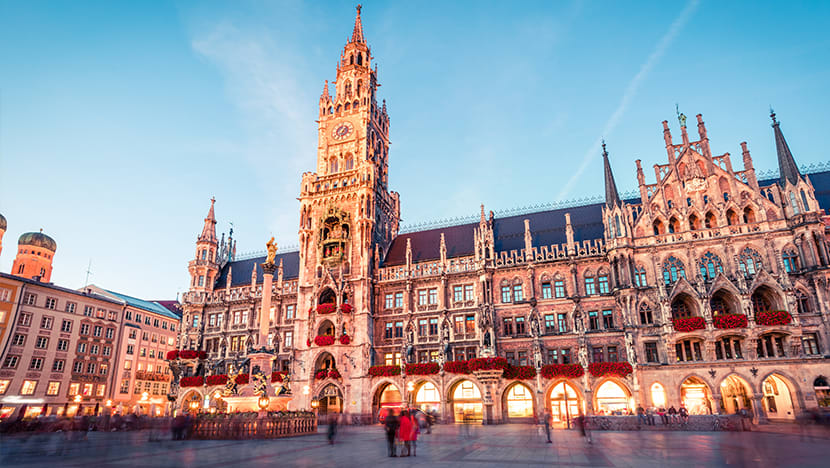
From Frankfurt, it’s a quick journey west to Amsterdam in the Netherlands or Manchester in England, while a southward journey from Munich leads to sunnier locales like Lisbon and Barcelona in Spain. These airports are close to city centres, saving you time and money on local transportation. Here’s a tip: To make packing easier, choose cities with similar climates near your hub. A Munich–Vienna–Budapest circuit is a good example. Also, flights can sometimes be quicker and more cost-effective than train rides, so compare both options for multi-country travel.






SHOULDER TO SHOULDER
Europe tends to draw in the crowds in summer, resulting in longer queues and higher prices. While off-peak seasons attract fewer travellers, they come with their own drawbacks like closed attractions and limited dining and shopping options. An alternative is to visit during shoulder seasons. These brief periods – typically around a month – fall between the hectic peak seasons and quieter off-seasons. The actual shoulder months can vary by location but generally occur in March or April before spring, and September or October before autumn.
Shoulder seasons offer an attractive mix of moderate weather, reasonable prices, shorter queues at popular tourist sights, and plentiful restaurant and accommodation options. Timing your visit to coincide with these windows can make a substantial difference, especially in already-bustling cities like Rome, Paris and Istanbul.
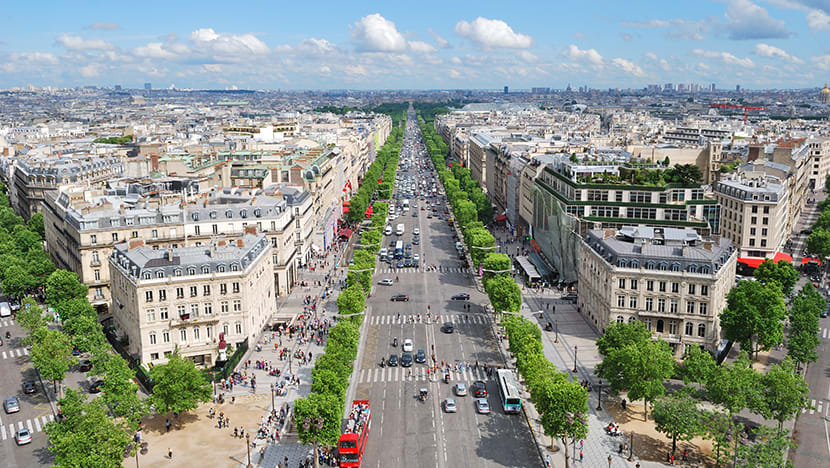
SPRING INTO ACTION
With rising heatwaves making European summers less appealing, springtime becomes a wonderful alternative. For many cities just coming out of winter, this is the perfect opportunity to go al fresco. In Montpellier, France’s “outdoor city”, moderate temperatures bring forth festivals, markets and events. In Barcelona, consider strolling the famous avenues, visiting the masterpieces of Catalan architect Antoni Gaudi and taking an easy half-day trip to the dramatic Montserrat mountain range. As for Manchester – often overlooked in spring in favour of its football season in September – this tidy city offers plenty of verdant spaces that are ideal for outdoor picnics.
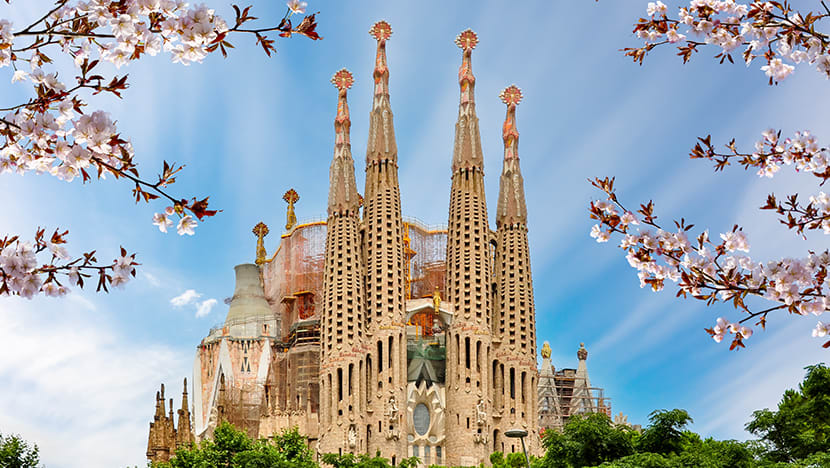
TRY CONSCIENTIOUS TRAVEL IN AUTUMN
As environmental awareness grows, travellers increasingly seek sustainable options. Beyond offsetting your flight’s carbon footprint, why not explore cities with sustainable urban planning? Autumn in Europe adds a golden hue to mindful travel. Ljubljana, Slovenia’s unassuming capital, ticks all the boxes with its car-free centre, 200km of cycling paths, bicycle-sharing schemes and abundant green spaces. Similarly, Copenhagen in Denmark leads in sustainable urban innovations like CopenHill, a waste-to-energy power plant that doubles as a recreational facility with a ski slope and trails. The city also features a strong cycling culture, with car-free bridges and large parks offering scenic pit stops. Don’t overlook winter-centric countries like Switzerland. Its eco-friendly trains and lake cruises are excellent sustainable ways to take in the country’s autumnal beauty.
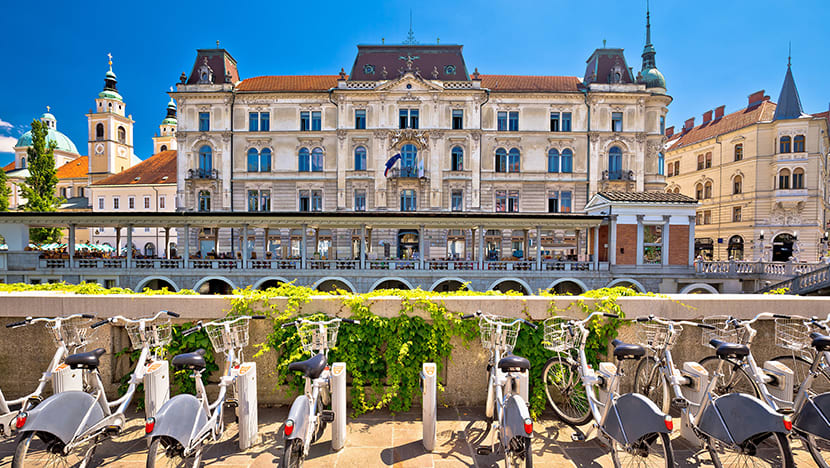
THE COLD NEVER BOTHERED THEM, ANYWAY
For those seeking respite from the tropical heat, Europe’s winters offer a dramatic change. But the season isn’t just about ice and snow; some cities offer more. Budapest’s public thermal baths become magical places of fog and comfort in January, offering a warm sanctuary from the winter chill. And if the quintessential wonderland is what you want, consider Zagreb instead. The capital of Croatia transforms in December with a month-long Advent Market offering artisanal handicrafts, regional food and mulled wine – all amid open-air performances and twinkling decorations.


LOCALS KNOW BEST
Local day trips are excellent for uncovering hidden gems, especially for first-time solo travellers or those who dislike planning. Taking one on your first day can ease culture shock and planning stress. Plus, you’ll meet diverse people who can enrich your travel plans. Guides often become invaluable for local tips and may share their contact details after the tour for future help – just remember to show your appreciation with a small gratuity. For budget travellers, free walking tours in popular European cities offer similar benefits with plenty of personality. For instance, Berlin’s Street Art Tour showcases the city’s best murals, while the Copenhagen Walking Tour covers themes from the cultural to the politically incorrect.
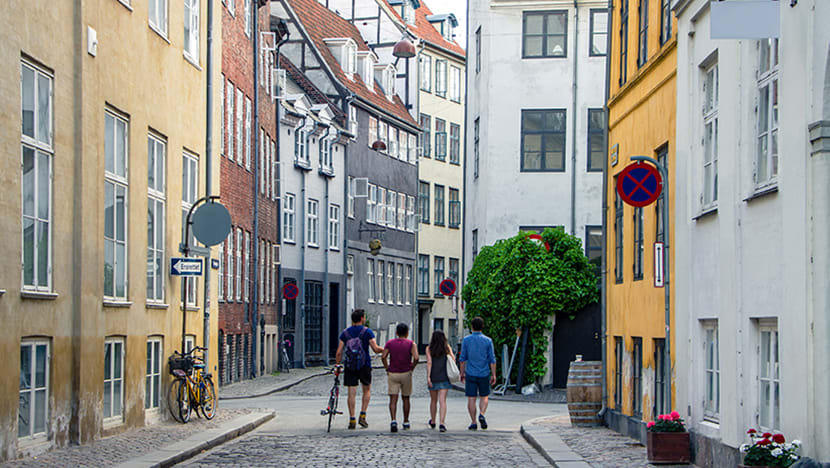
With Europe’s diverse landscapes and rich history, a seasonal approach to your travels promises unexpected discoveries. Your continental exploration is not just a trip; it’s a chance to write your own European story, one season at a time.
From S$966 return, book a flight on Lufthansa’s twice-daily departures to these destinations and many more European wonders.
